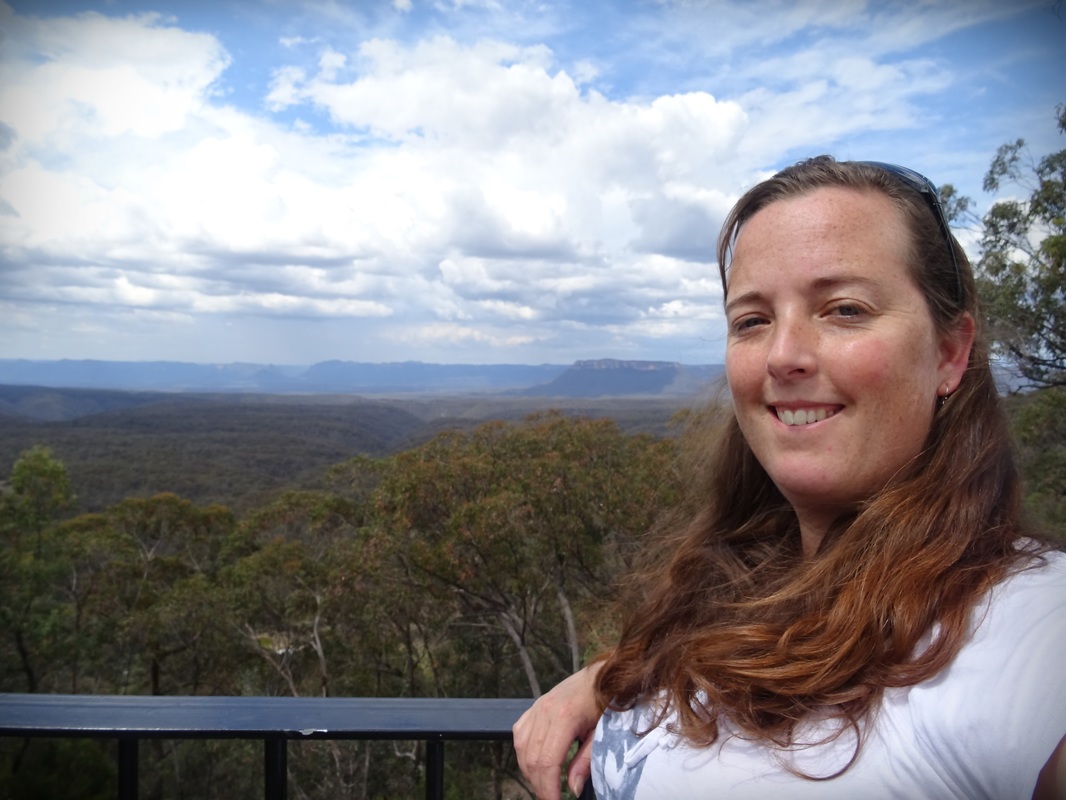APPlying theory to realityIt was a bleak Wednesday morning, rain sheeting down diagonally from the blistering cold wind. Sitting in the back of my half empty class while a guest lecturer has the floor, daydreaming of warmer climes. The prospect of collecting plant material (my afternoon job) in these dismal conditions not filling me with joy. I check my weather app for the 4th time in as many minutes….it hasn't changed and for that I'm grateful, although doubtful. 'Clearing by 1 pm' looks less likely as the morning drags on. More concerning for me is the weather for Thursday when I take first years outside to learn about plant traits. Blissfully the forecast is correct and the rain stops. Even more amazing, Thursday dawns a stunning clear sunny day that's almost warm (says an Australian). The practical is for a first year module called Life on Earth with 200+ students from a diverse range of programs including biology, biochemistry and environmental sciences based on our University Park campus. From my (geeky) perspective this provides a captive audience with whom to share some of the cool things about plants! The first plant practical is my responsibility and I designed the session around observational skills - important no matter what degree program is being studied - and peer learning with students working in groups of four for the duration of the session. At the core of the activity sequence is a mobile phone app - ActionBound - selected for ease of use and diverse phone compatibility. The learning sequence was organised in three stages:
The app is little bit like a roaming Rogo exam (which they have for every other practical but without any negative associations). Students received all the marks (5%) for the practical by engaging with the session and I emphasised that making mistakes is perfectly ok to encourage a safe learning environment. Mistakes made are far more likely to be remembered next time they come across the information. I also ran a similar activity in the first year Plant Science module on our Sutton Bonington campus with modifications related to the paper-less/mobile-less new teaching lab. Stage one and two are based on an activity from BIOL1030 at The University of Queensland where I was a demonstrator from 2008-2010 and run by Louise Kuchel and Robbie Wilson (back then). In this case the plant key was made in the lab and several weeks later students were taken on a field trip to the Rainforest where they used their key on plants labelled along the walking track. There are many great ideas being applied in that module and I give full credit to them for the inspirational ideas. Back to Nottingham: Before the students arrive in the lab, plant samples collected the day before and stored in the cold room need arranging on benches. In the process of setting up I discover that half of the samples of plant 6 have disappeared. There must be a pile of nicely labelled stems sitting out by the lake somewhere! I blamed the squirrels and the groups missing plant 6 were encouraged to use the process of elimination to work out which letter labelled on an outside tree would correspond to plant 6 in the lab. As the students get under way I'm quickly aware of the biggest problem with the activity - and its not the activity. Since we have ethics approval to evaluate the effectiveness of the activity students need to sign a consent form which Susie or myself need to counter sign. This was a massive bottleneck and meant that instead of being able to interact and talk with the students I was signing forms for the first hour - this must change next year. Once the forest of paper was signed, we headed out into the glorious sunshine by the lake where the outdoor stages took place. From a teaching perspective it was a lot of fun roaming around the trees talking to the students providing extra tid-bits of information about plants in a low-stress environment. In the 90 minutes or so we were outside I think I spoke to most of the 50 groups at least once - all actively seeking the plant features for the treasure hunt and all of them engaged in conversations with me about wider topics.
At the end of the treasure hunt there were a few questions about their experience and once they clicked 'send' the responses become visible on my laptop. This meant I could send a document to all the students in the following days to clarify common misconceptions with additional information. In the evening after the prac, I opened an anonymous survey with questions about their experience, favourite question types and any other comments. I now have a lot of data to sort through but here's a taster from the students:
Many of the students also made suggestions on improvements and all of those who took the time to provide suggestions gave positive responses to how the activity helped them learn. Once the data has been sorted the next round of tweaks will begin, after all teaching is an iterative process of implementing, evaluating, and adapting - just like the scientific process. I also think there's a lot to be said for the mental health benefits of being out in the fresh air and sunshine in a low pressure learning environment. A topic to be explored another day. Thinking back to that bleak Wednesday morning, I needn't have worried and the irony in my lack of trusting weather apps when I'm willing to trust apps in my teaching, is not lost on me! I'd also like to take the opportunity to thank Susannah Lydon for her help, support and signatures! I'd also like to thank the support team who help every week with preparing material for practicals both at Sutton Bonington (led by Darren Hepworth) and at University Park (led by Mike Gubbins). Without them, none of this would be possible. I'd also like to thank the team of demonstrators who helped out on the day and finally thanks to all the students who engaged in the activity and provided their perspectives in the survey. :) Thank you.
0 Comments
Leave a Reply. |
AuthorAmanda Rasmussen Archives
May 2023
Categories |
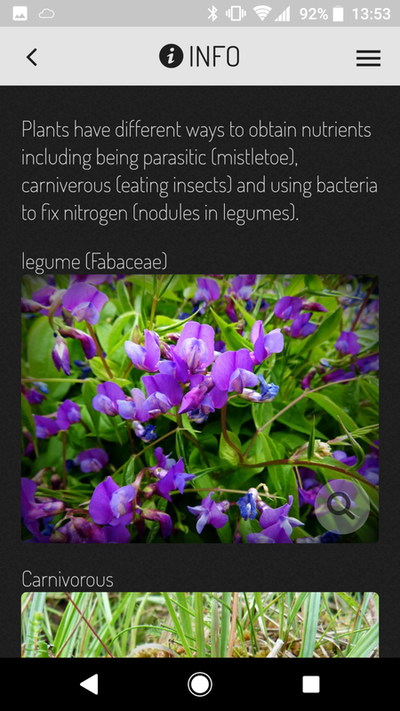
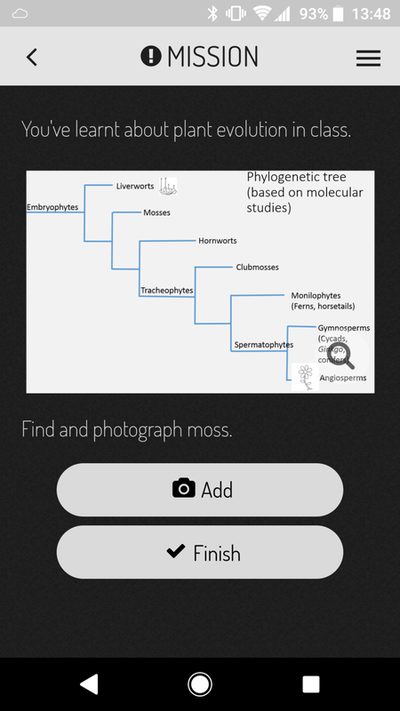
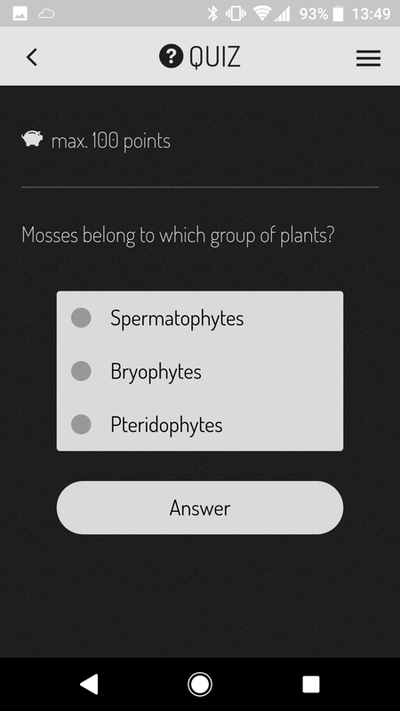
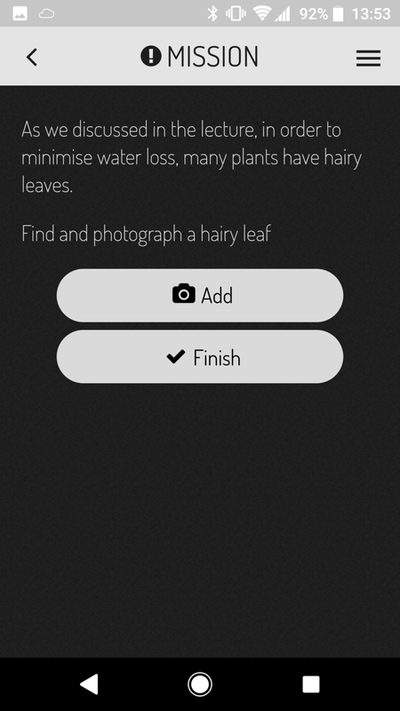

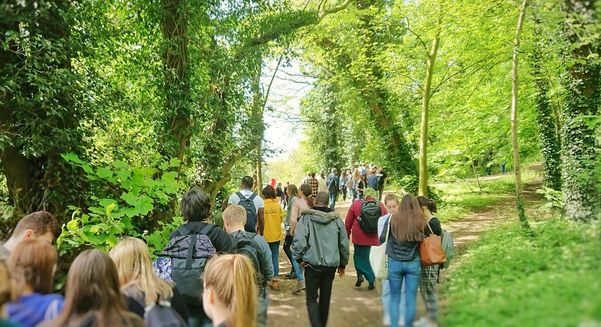
 RSS Feed
RSS Feed
